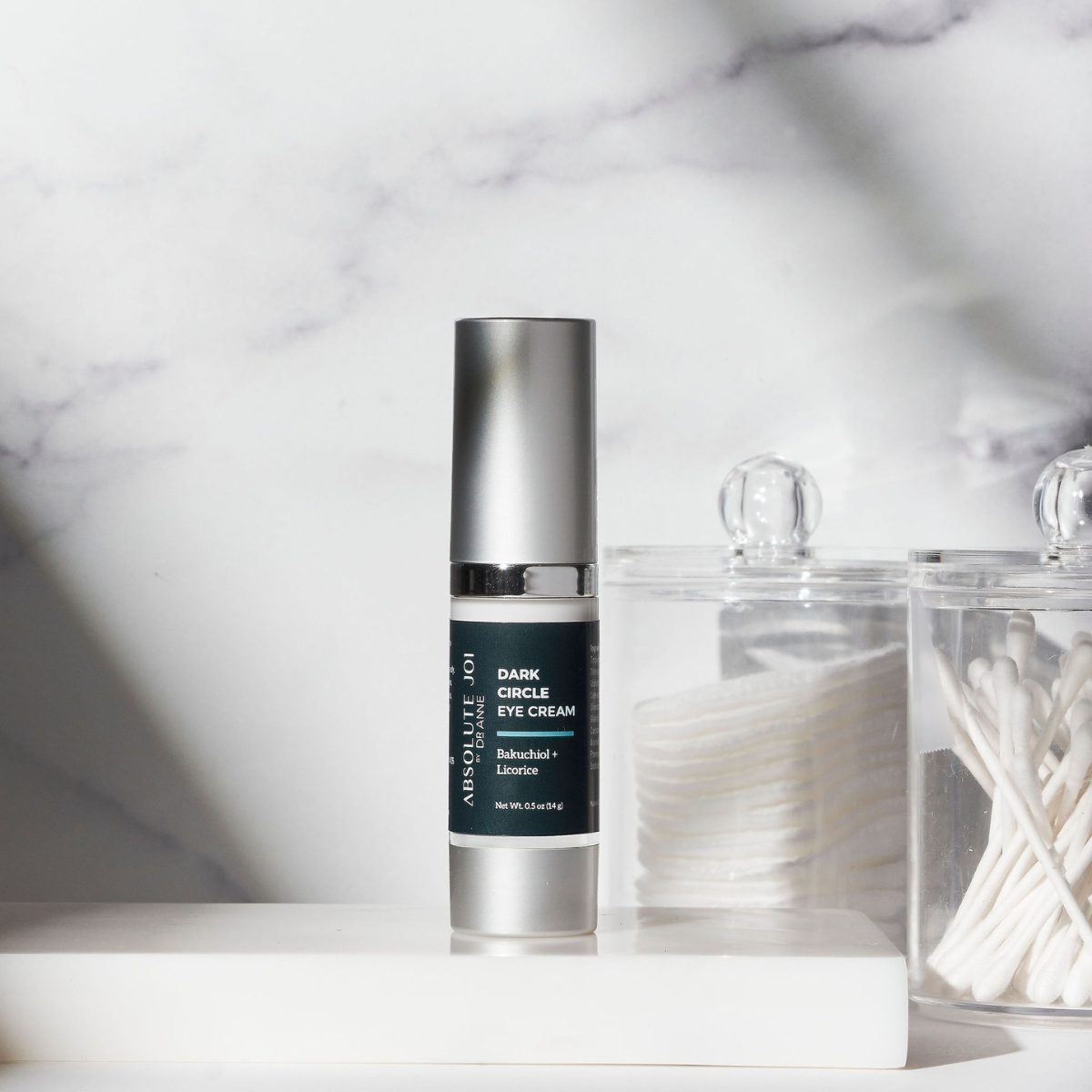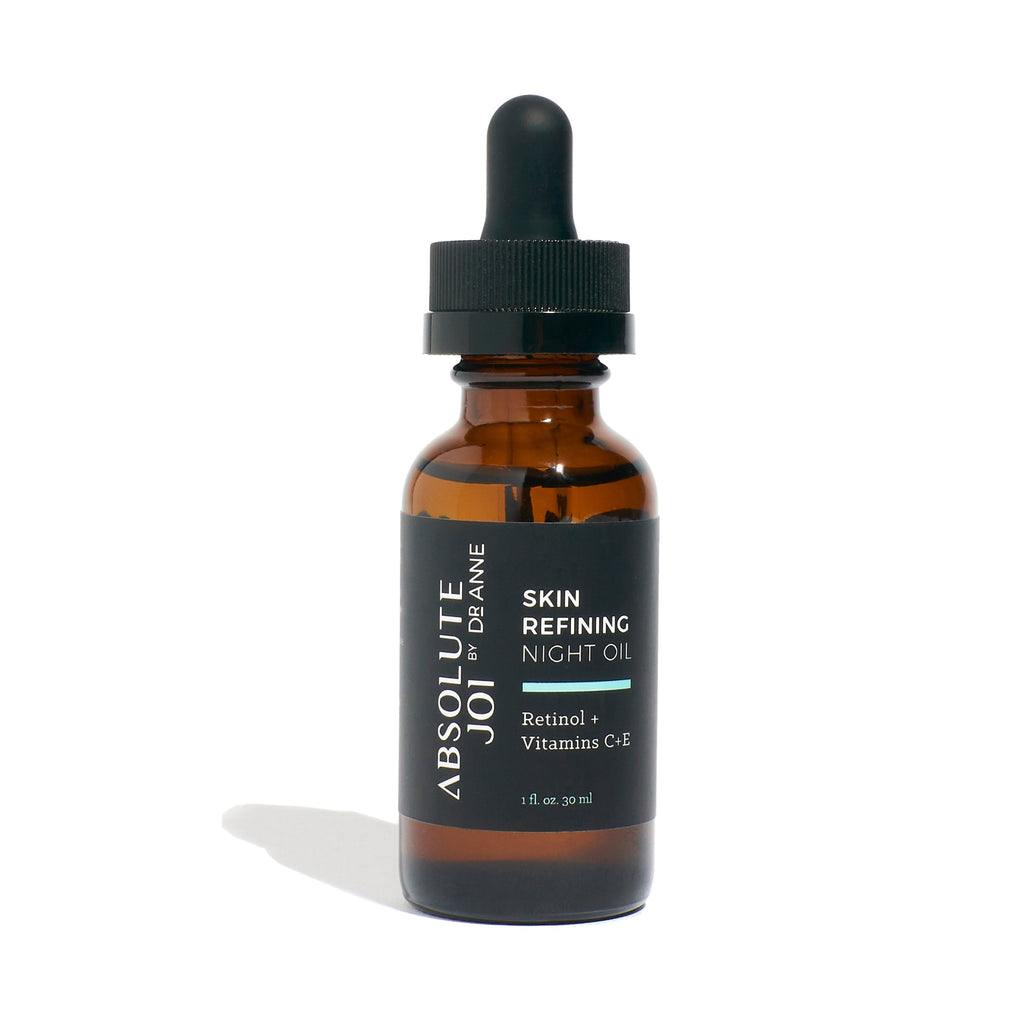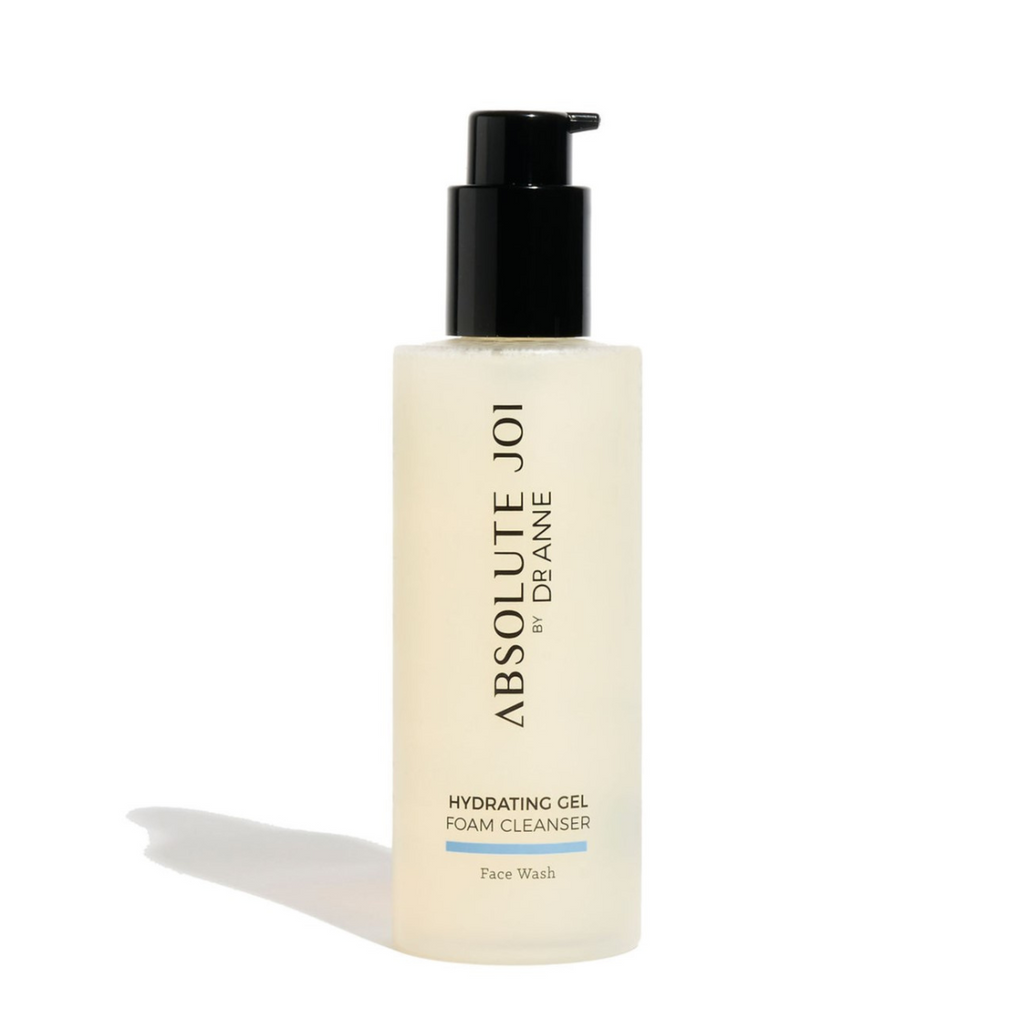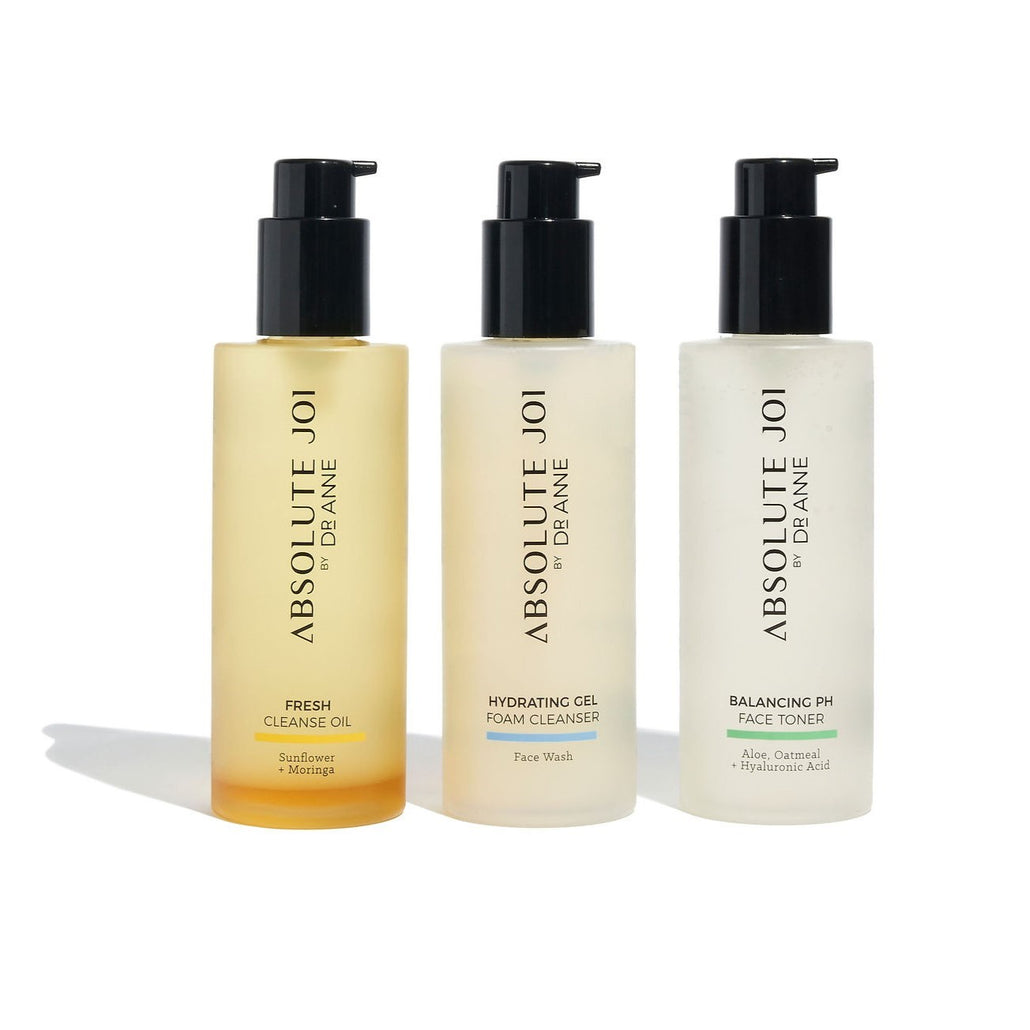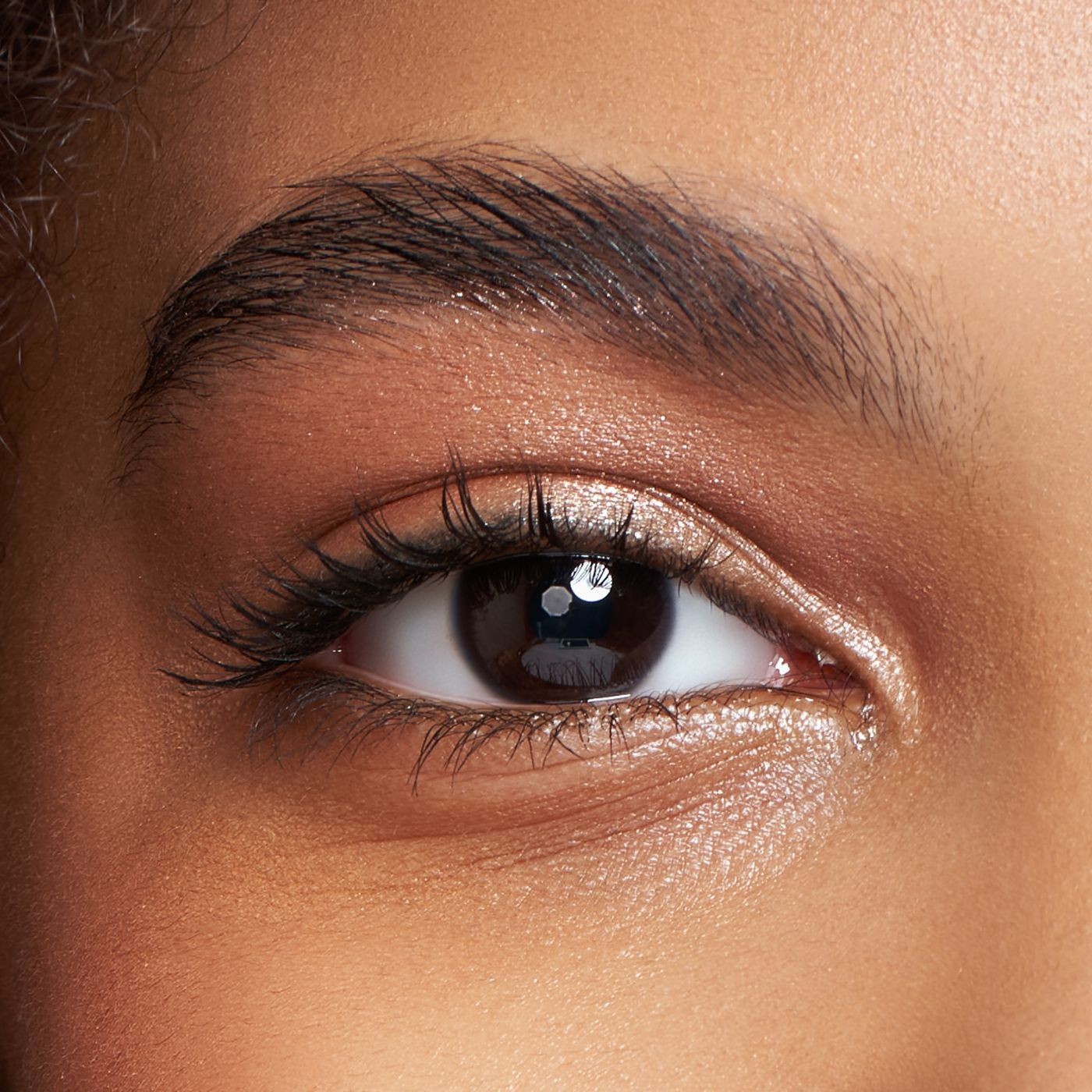How to Treat Dark Circles Under Eyes
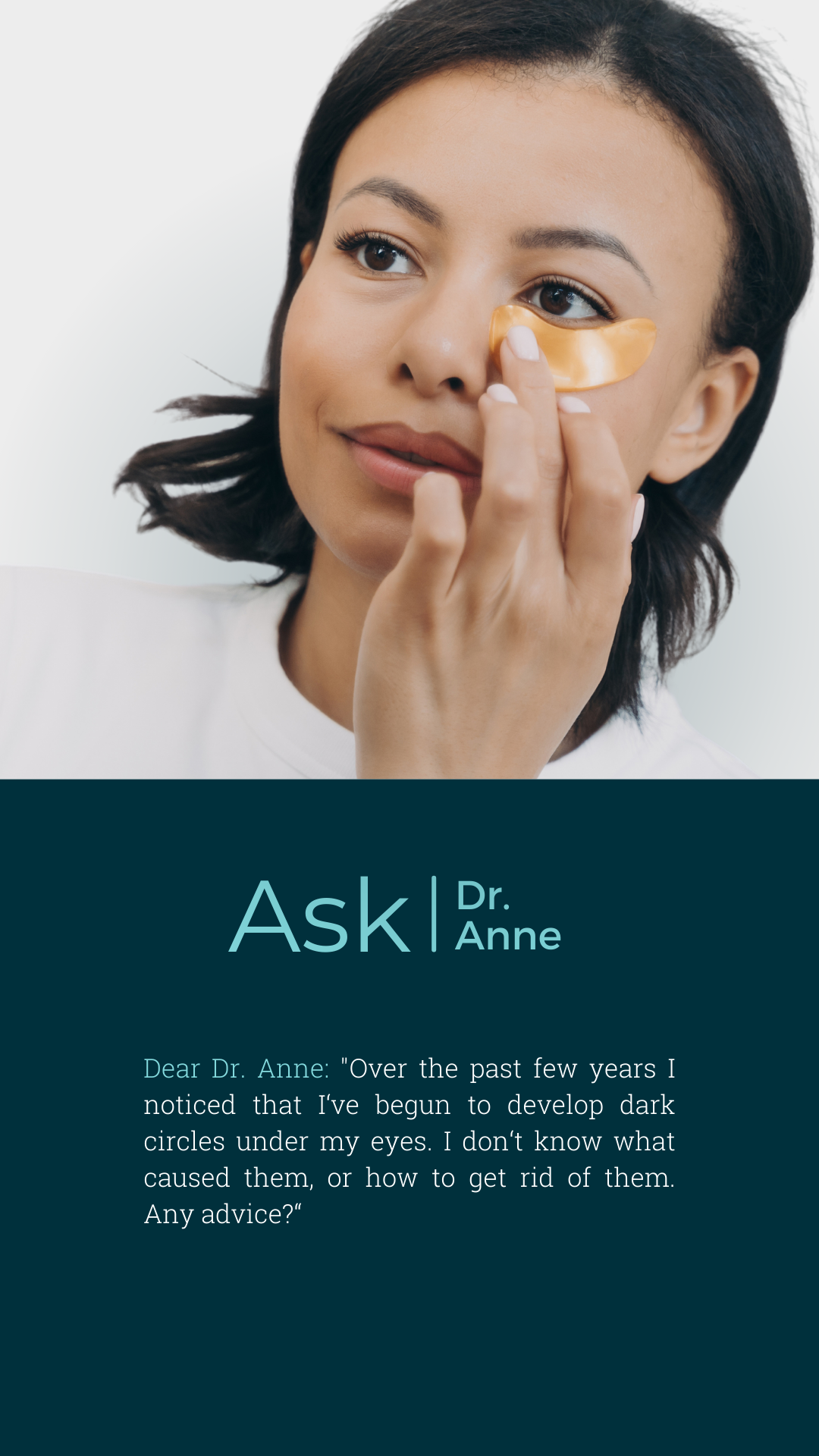
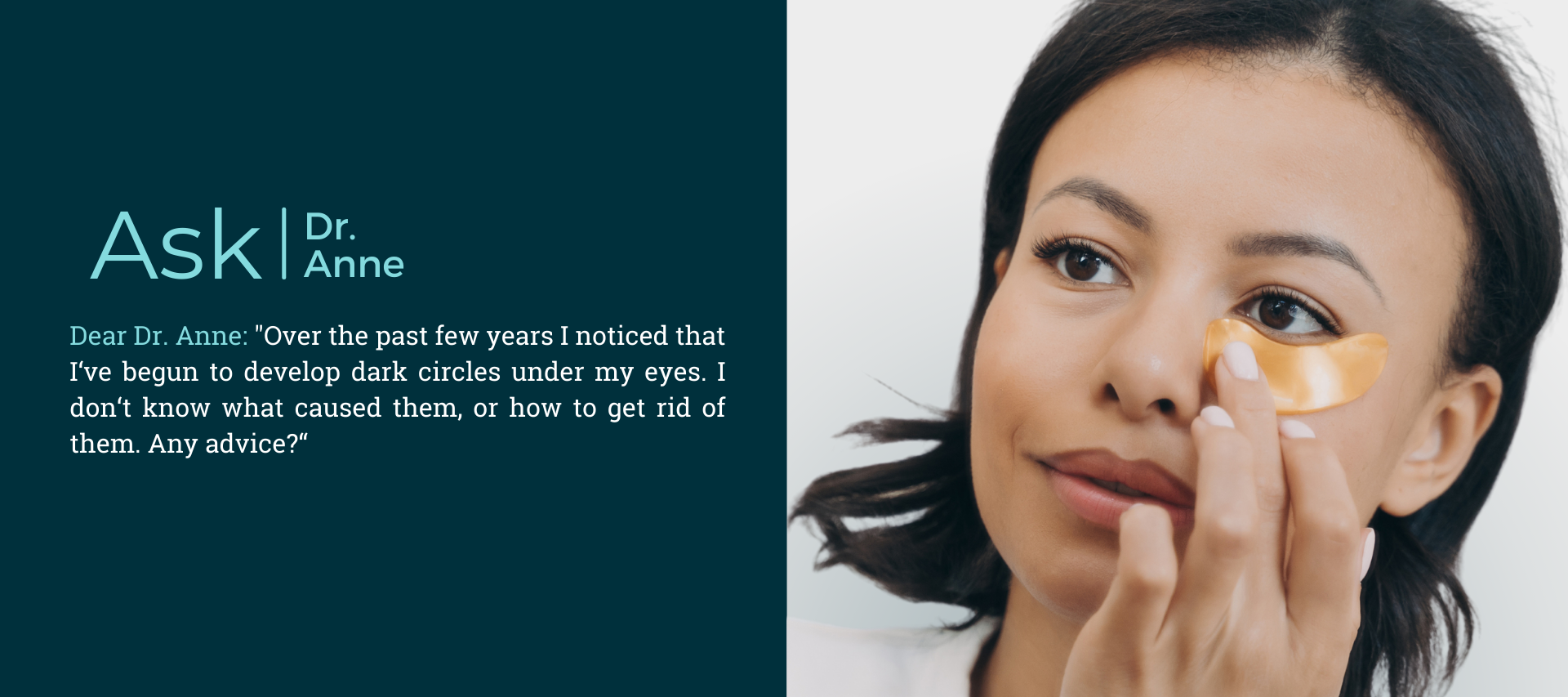
In This Article →
In This Article
Dark circles under the eyes can be a bothersome beauty concern. These dark patches or bags under the eyes make you look tired, stressed, and older than you actually are. Fortunately, there are several effective ways to treat dark circles and regain a youthful and refreshed appearance. In this article, we will explore the causes of dark circles and provide natural remedies, dietary recommendations, and product suggestions to help you combat this common issue.

What Causes Dark Circles?
Lack of sleep, genetics, allergies, and aging are some of the common causes of dark circles. When we don't get enough restful sleep, our blood vessels dilate, causing the delicate skin under the eyes to appear darker.
Sleep deprivation not only affects our overall health and well-being, but it can also have visible effects on our skin. When we don't get enough sleep, our body produces more cortisol, a stress hormone that can lead to inflammation. This inflammation can make us look pale making the dark area under the eyes more visible, resulting in the appearance of dark circles.
In addition to sleep, genetics can also play a significant role in the development of dark circles. Some individuals naturally have thinner skin or increased pigmentation in the under-eye area, making them more prone to dark circles. These genetic factors can be inherited from parents and passed down through generations, making dark circles a common concern for some families.
Allergies, too, can contribute to the formation of dark circles. When we have an allergic reaction, our body releases histamines to combat the allergens. These histamines create a local allergic reaction of itching and irritated skin that leads to inflammation and darkening of skin underneath and around the eyes -- especially for people with darker skin tones. Common allergens such as pollen, pet dander, and dust mites can trigger this reaction, making dark circles more prominent for people who are prone to allergies and during the allergy seasons.
Lastly, the natural aging process can also contribute to the development of dark circles. As we age, our skin loses elasticity and becomes thinner. This thinning of the skin makes the blood vessels under the eyes more visible, resulting in the appearance of dark circles. Additionally, the loss of collagen and fat in the under-eye area hollows out the under eye area, further exacerbating the appearance of dark circles, making them more noticeable as we grow older.
Dark circles can result from any – or a combination – of these factors and understanding the various causes contributing to your dark circles is essential for finding the most effective treatment options. By addressing the underlying factors contributing to dark circles, we can better tailor our approach to achieve optimal results.
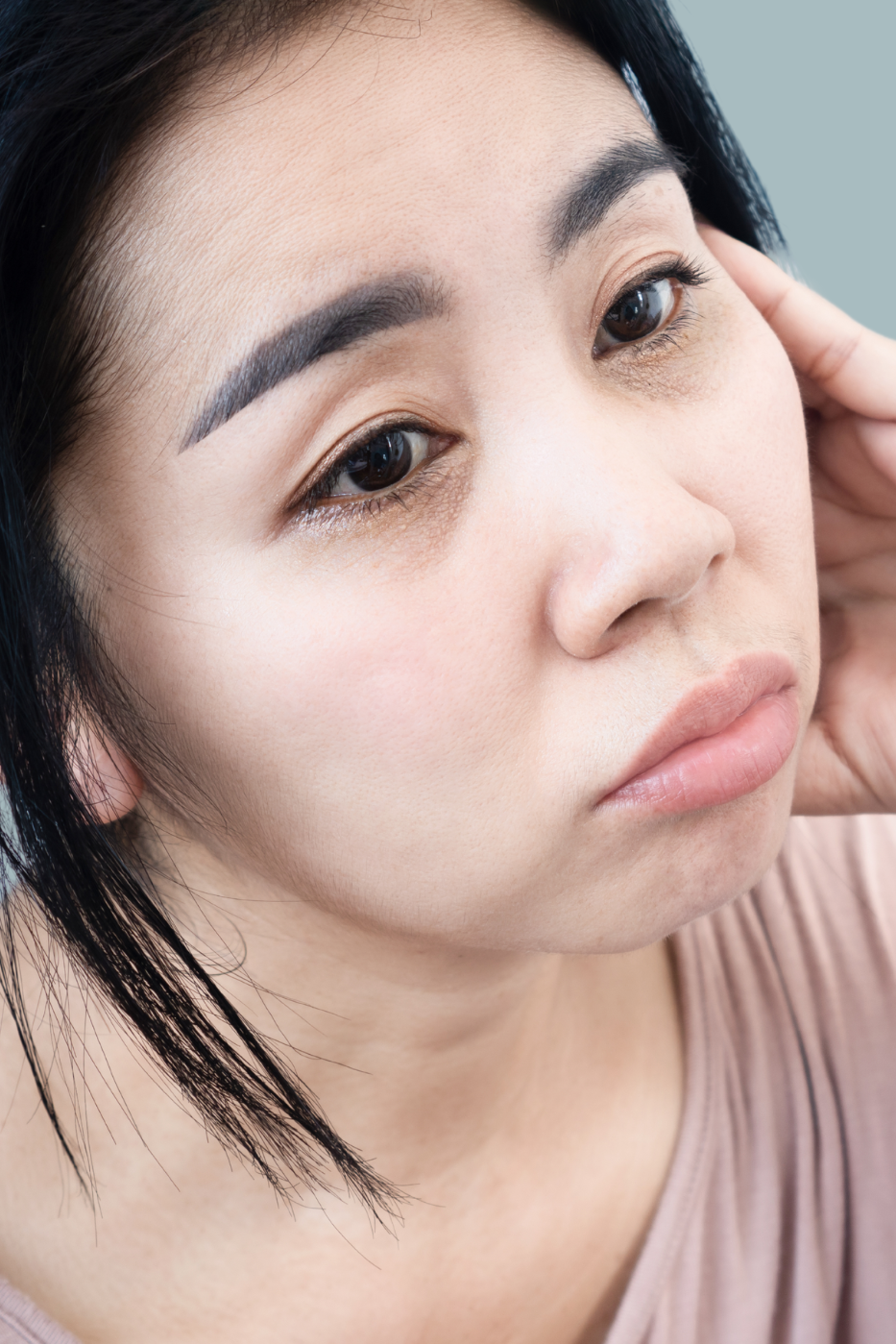
What Causes Dark Circles?
Lack of sleep, genetics, allergies, and aging are some of the common causes of dark circles. When we don't get enough restful sleep, our blood vessels dilate, causing the delicate skin under the eyes to appear darker.
Sleep deprivation not only affects our overall health and well-being, but it can also have visible effects on our skin. When we don't get enough sleep, our body produces more cortisol, a stress hormone that can lead to inflammation. This inflammation can make us look pale making the dark area under the eyes more visible, resulting in the appearance of dark circles.
In addition to sleep, genetics can also play a significant role in the development of dark circles. Some individuals naturally have thinner skin or increased pigmentation in the under-eye area, making them more prone to dark circles. These genetic factors can be inherited from parents and passed down through generations, making dark circles a common concern for some families.
Allergies, too, can contribute to the formation of dark circles. When we have an allergic reaction, our body releases histamines to combat the allergens. These histamines create a local allergic reaction of itching and irritated skin that leads to inflammation and darkening of skin underneath and around the eyes -- especially for people with darker skin tones. Common allergens such as pollen, pet dander, and dust mites can trigger this reaction, making dark circles more prominent for people who are prone to allergies and during the allergy seasons.
Lastly, the natural aging process can also contribute to the development of dark circles. As we age, our skin loses elasticity and becomes thinner. This thinning of the skin makes the blood vessels under the eyes more visible, resulting in the appearance of dark circles. Additionally, the loss of collagen and fat in the under-eye area hollows out the under eye area, further exacerbating the appearance of dark circles, making them more noticeable as we grow older.
Dark circles can result from any – or a combination – of these factors and understanding the various causes contributing to your dark circles is essential for finding the most effective treatment options. By addressing the underlying factors contributing to dark circles, we can better tailor our approach to achieve optimal results.

Lack of Sleep
Genetics

Allergies

Aging
Understand the Root Causes of Dark Circles
Since there are so many factors that can causes dark circles under your eyes, you should to take some time to reflect on which of the factors apply to your situation.
If lack of sleep is the primary reason, it is important to prioritize getting enough restful sleep each night. Creating a relaxing bedtime routine, using dark curtains, and reducing exposure to electronic devices before bed can significantly improve the quality of your sleep and minimize dark circles. Aim for seven to eight hours of uninterrupted sleep each night. If insomnia or restless sleep is an issue, consider incorporating relaxation techniques, such as meditation, aromatherapy, or a warm bath, into your evening routine. Additionally, investing in a good-quality pillow that supports your head and neck properly can help improve sleep quality and reduce morning puffiness.
If genetics or aging are contributing factors, seeking professional advice from a dermatologist or an aesthetician can help you explore targeted treatments, such as laser therapy or dermal fillers, to address the underlying causes.
If allergies are the cause of your dark circles, look to see if any of your skincare products are at fault. Products containing harsh chemicals or fragrances can irritate the delicate skin under your eyes and lead to inflammation and hyperpigmentation. It is best to opt for fragrance-free, hypoallergenic, and dermatologically tested products specifically formulated for the under-eye area. Additionally, be cautious with excessive use of concealers or foundations, as they can settle into fine lines and make dark circles even more noticeable.
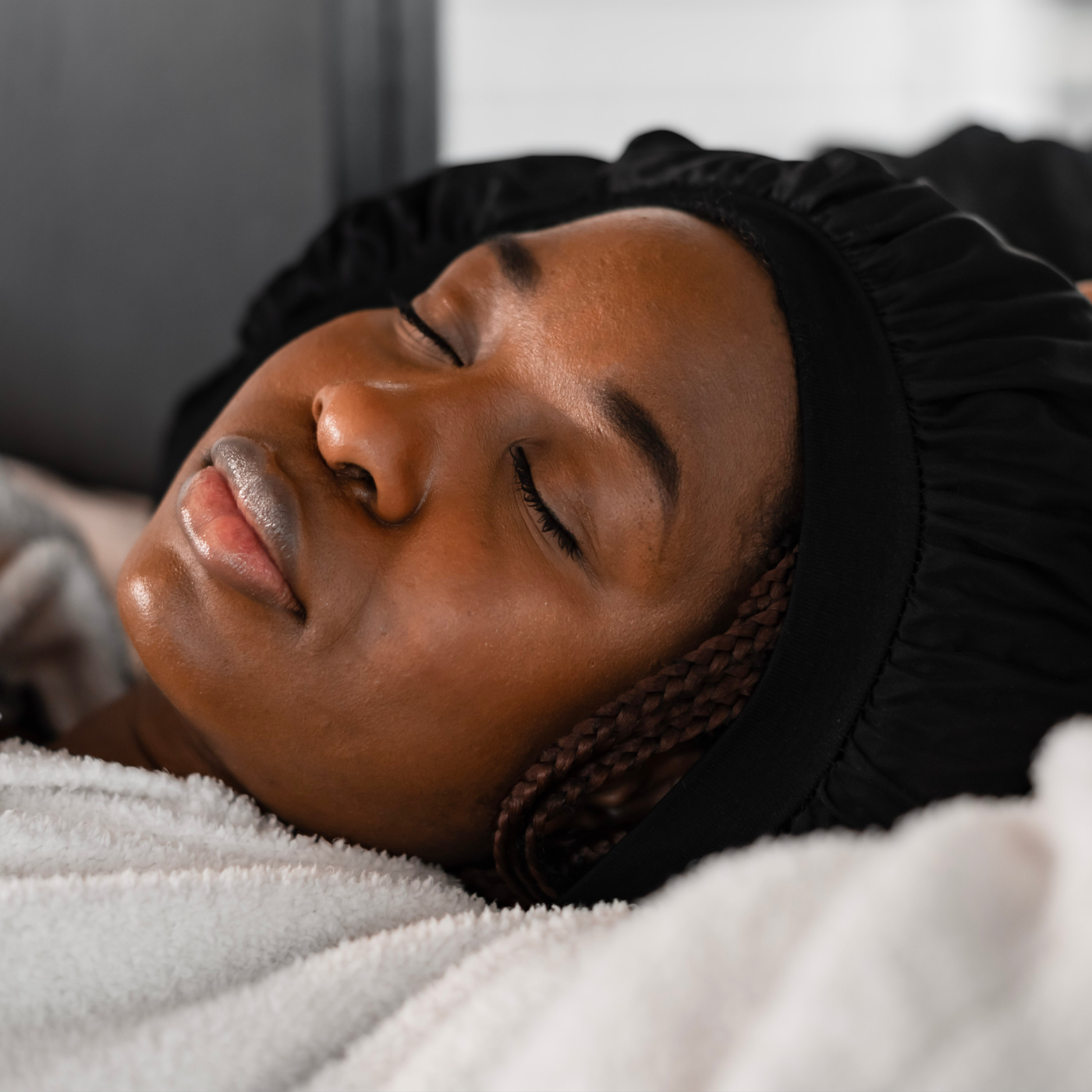

Nutrition and Dark Circles Under Eyes
While topical treatments are helpful in treating dark circles, it is equally important to nourish your body from the inside out. Including foods rich in Vitamins C, E, and K in your diet can be beneficial for reducing dark circles. Citrus fruits, such as oranges and strawberries, are packed with vitamin C, which aids collagen production and brightens the skin.
Foods like almonds, spinach, and avocados are high in vitamin E, known for its skin-nourishing properties. Lastly, adding leafy greens, broccoli, and Brussels sprouts to your plate can provide the vitamin K needed to strengthen blood vessels and minimize dark circles.
How to Remove Dark Circles
Under Eyes Naturally
If you prefer a more natural approach, there are several remedies you can try to reduce the appearance of dark circles. One popular method is using cold compresses, such as chilled cucumber slices or tea bags, which help constrict blood vessels and reduce puffiness.
Cucumber slices have been used for centuries as a natural remedy for dark circles. The cool temperature of the slices helps to soothe the skin and reduce inflammation. The natural enzymes in cucumbers also have a brightening effect, helping to lighten the dark circles over time. Simply place the chilled cucumber slices on your closed eyes for about 10 minutes, and repeat this process daily for best results.
Tea bags, particularly green tea bags, are another effective remedy for dark circles. Green tea contains antioxidants and tannins that help to reduce swelling and inflammation. To use tea bags as a cold compress, steep two tea bags in hot water for a few minutes, then remove and let them cool in the refrigerator. Once chilled, place one tea bag on each closed eye for 10-15 minutes. The caffeine in the tea also helps constrict blood vessels and reduce puffiness.
Ayurvedic remedies backed by science include applying a paste made from potato juice and turmeric powder to help lighten dark circles. Potatoes are very high in skin brightening Vitamin C, while turmeric has anti-inflammatory properties that also help brighten and calm skin.
To make potato juice, use a cheese grater to grate a potato, then squeeze the juice from the potatoe shreds. Combine a teaspoon of turmeric powder with enough potato juice to form a thick paste. Apply this paste to the dark circles and leave it on for 10-15 minutes before rinsing off.
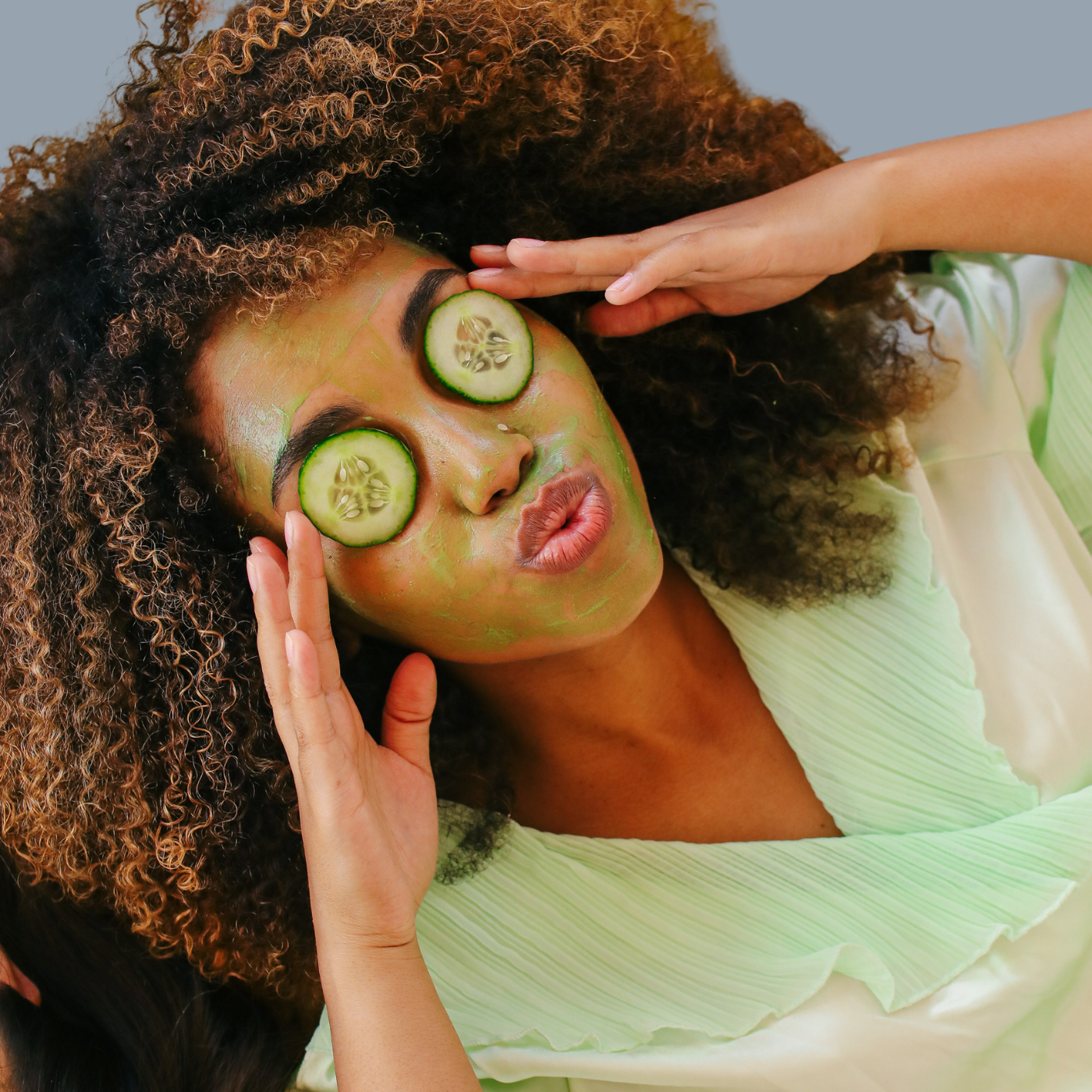

The Best Ingredients For Dark Circles
When it comes to tackling dark circles under the eyes, over-the-counter products offer a myriad of effective solutions that often blend potent ingredients with moisturizing agents to combat both discoloration and fine lines. One of the top contenders in this lineup are eye creams infused with retinol, a powerhouse ingredient known for its skin-renewing properties. Coupled with moisturizing agents like hyaluronic acid or glycerin, retinol aids in reducing pigmentation while keeping the delicate under-eye skin hydrated, thereby minimizing the appearance of fine lines and promoting a smoother texture.
Vitamin C-infused eye serums or creams are another staple for treating dark circles. Vitamin C not only helps to brighten the skin but also works as a powerful antioxidant, combating free radicals that contribute to premature aging. When combined with moisturizing ingredients such as shea butter or ceramides, these formulations not only target discoloration but also enhance skin elasticity, diminishing fine lines and creating a more youthful appearance around the eyes.
Furthermore, eye masks or patches containing ingredients like peptides and aloe vera offer a quick yet rejuvenating fix for tired eyes. Peptides, often accompanied by hydrating elements like hyaluronic acid, contribute to collagen production, aiding in firming the skin and reducing the appearance of fine lines. The hydrating properties of hyaluronic acid complement the peptides' effects, providing a soothing and moisturizing boost that revitalizes the under-eye area. These products offer a temporary but noticeable reduction in dark circles while simultaneously addressing signs of aging such as fine lines and wrinkles.
Skincare For Dark Circles
Reveal brighter, youthful eyes with our Dark Circle EyeCream. Crafted to combat dark circles, puffiness, and fine lines, it harnesses the natural benefits of Bakuchiol and Licorice. This potent blend offers a gentle, irritation-free solution for tired-looking eyes, providing a refreshed, radiant appearance.
Bakuchiol, a gentle alternative to retinol, brightens the skin and diminishes dark circles without the typical irritation of retinol. Complemented by Licorice extract, known for its pigment-reducing prowess, this cream fades dark marks, enhancing eye brightness while minimizing side effects.
Experience Bakuchiol's collagen-boosting abilities for firmer skin without traditional retinol's irritation. Hydration is key with linseed seed oil's omega-3 fatty acids, combating dryness and puffiness. Licorice's anti-inflammatory properties soothe irritation, making this cream gentle even for sensitive skin. Plus, Bakuchiol's non-photosensitive nature allows you to use it both day and night. Your ultimate solution for a brighter, youthful gaze.
Dark circles under the eyes can be a frustrating cosmetic concern but rest assured, there are various treatments and remedies available to help combat this issue. By understanding the causes of dark circles, implementing natural remedies, making dietary changes, and investing in the right skincare products, you can significantly reduce the appearance of dark circles and restore a vibrant and refreshed look. Remember, consistency and patience are key when it comes to treating dark circles, so be sure to make these strategies part of your regular skincare routine for the best results.



AbsoluteJOI Skincare
by Dr. Anne
AbsoluteJOI is a physician-founded skin care brand with a science-based approach to the needs of people over 35 with all skin types and tones. Developed by physician researcher, Dr. Anne Beal, our products are formulated and tested for sensitive skin, while addressing dyspigmentation, the first sign of aging for many people. Our philosophy is not to focus on anti-aging, but to celebrate all ages and stages and to help our customers age beautifully, while celebrating the confidence and wisdom they’ve gained with time.
Each product combines natural and clinically effective ingredients for healthy skin. We use NO parabens, phthalates, sulphates, or skin bleach. And we use no perfumes or dyes to offer pure and clean products good for all skin types, including sensitive skin.


